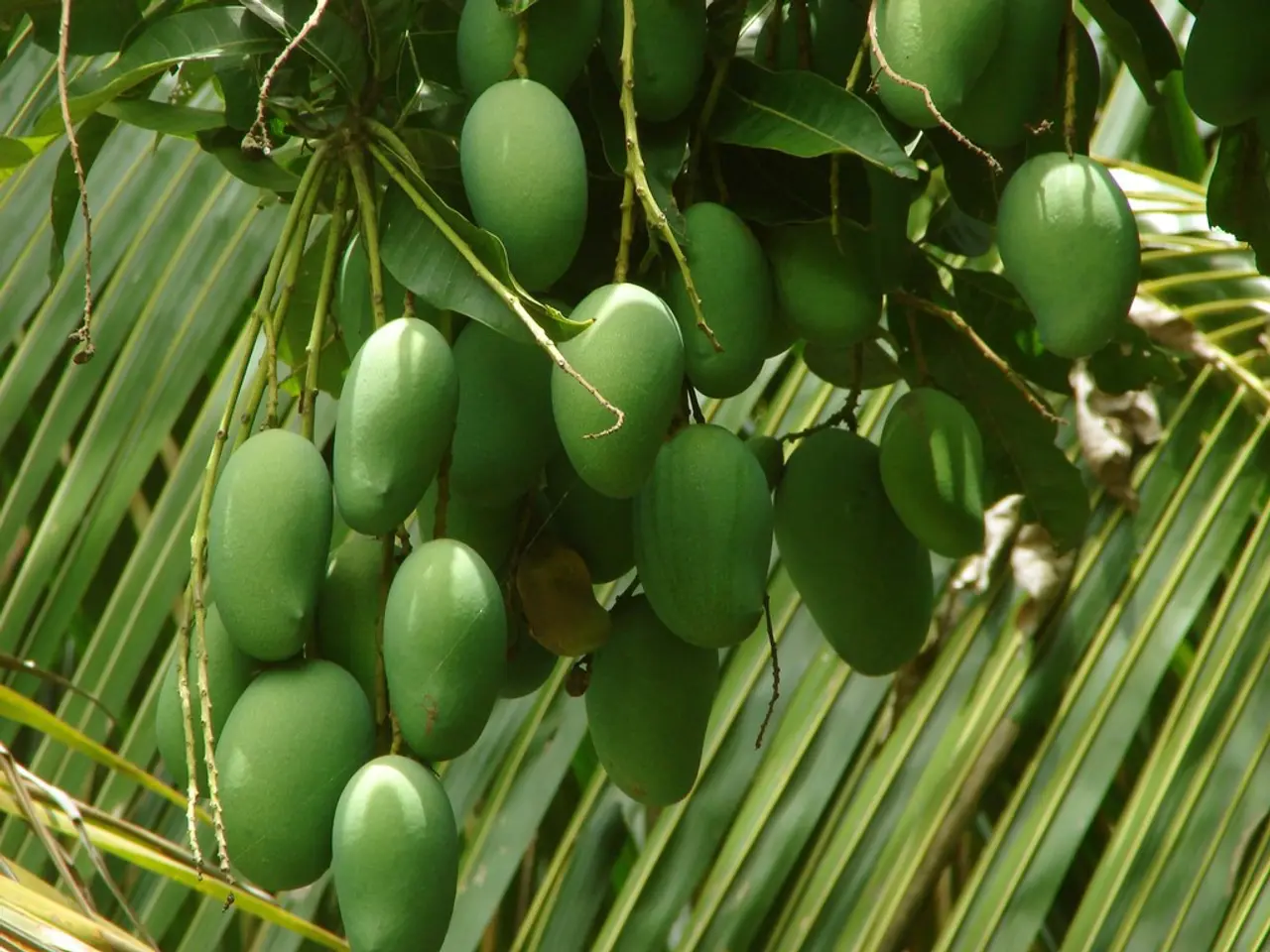The Advantages of Drip Irrigation in Mango Farming: A Comprehensive Guide
Mango Tree Drip Irrigation System: A Comprehensive Guide
In the bustling city of Chennai, where mango farming is a significant agricultural activity, the implementation of drip irrigation systems can transform the sustainability and profitability of mango orchards. This innovative irrigation method offers numerous benefits, optimising water use and reducing operational costs.
Water Conservation
Drip irrigation systems deliver water directly to the root zone of the plants, reducing evaporation and runoff. This method is particularly beneficial in Chennai, where efficient water use is essential due to periodic water scarcity.
Increased Crop Yield
By ensuring consistent moisture levels, drip irrigation helps in promoting healthy plant growth and maximising fruit production. Well-hydrated plants are more resilient and productive, leading to better yields.
Reduced Soil Erosion
Since water is applied at the soil surface or below it, soil erosion is minimised. This protects the soil structure and prevents nutrient loss, which is important for maintaining soil health in mango orchards.
Efficient Fertilizer Use (Fertigation)
Drip irrigation allows for the application of fertilizers directly into the irrigation system, reducing waste and ensuring that nutrients are delivered precisely where needed. This method enhances nutrient uptake by plants, improving overall plant health.
Disease Reduction
Excess water can lead to fungal diseases in mango plants. Drip irrigation helps keep the soil moist but not waterlogged, reducing the risk of disease and promoting a healthier orchard environment.
Cost Savings
While the initial setup cost may be higher, drip irrigation can lead to long-term savings by reducing water waste and minimising the need for manual labour in watering.
Improved Security
Often, drip irrigation systems are combined with fencing and other security measures to protect valuable crops like mangoes from theft or damage.
Setting Up a Drip Irrigation System
To set up a drip irrigation system, a strong water source like a well, borewell, or water tank is necessary. In Chennai and similar districts, borewell water is commonly used, but it's important to test the water quality first.
High-density polyethylene (HDPE) pipes should be used for robustness and flexibility in the mainline and sub-main pipes. Sand or gravel channels are necessary for removing impurities from the water, preventing blockages in the emitters.
Interface laterals with sub-main lines and run them along every section of mango trees. Each tree should have at least a couple of emitters for even water distribution. Adjustable emitters are suitable for mango trees as they allow for controlling the water stream according to the tree's needs.
Position makers around the root zone of each tree, ordinarily setting a couple for each tree. As mango trees mature, replace makers to increase water yield, ensuring each tree gets adequate moisture. UV-resistant lines should be used for the emitters/drippers to prevent damage from prolonged sun exposure.
Maintenance and Fertigation
A well-maintained drip irrigation system adds value to mango farmland, making it an attractive investment for potential buyers. Fertigation is compatible with drip irrigation, allowing for easy nutrient delivery to the trees.
Spot channels close to the water source to remove impurities and prevent blockages in the emitters. Add strain regulators and syphon to ensure a constant flow across the entire estate if the water source has low-permanent pressure.
Watering Requirements
Mature trees require less frequent but larger watering, approximately 80 liters for each tree every week. Young mango trees, however, require more frequent watering, especially during the establishment stage, with around 10-15 liters every day for the initial few months.
In traditional mango farmland arrangements, trees are spaced about 10 to 12 meters apart. This spacing allows for the efficient distribution of water and nutrients throughout the orchard.
In conclusion, drip irrigation offers numerous benefits for mango farming in Chennai, including water conservation, increased crop yield, reduced soil erosion, efficient fertilizer use, disease reduction, cost savings, improved security, and a well-maintained system that adds value to the farmland. By implementing this innovative irrigation method, mango farmers can enhance the sustainability and profitability of their orchards.
- In the realm of home-and-garden projects, adopting technology, such as drip irrigation systems, can modernize and optimize mango farmland management, as demonstrated in Chennai.
- Embracing a lifestyle that incorporates advanced gardening techniques and data-and-cloud-computing solutions, like drip irrigation, can lead to improved soil health, increased crop yield, and cost savings in mango farming.
- In the digital age, enhancing mango farmland efficiency involves not just optimizing water use and nutrient delivery, but also securing precious resources through fencing and other security measures enabled by modern technology.





